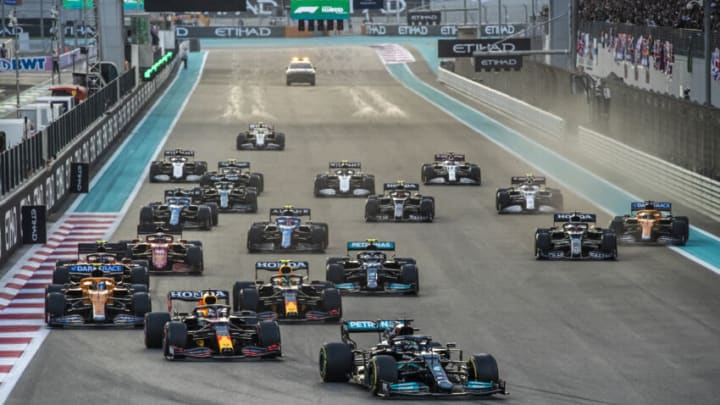
Things we hate: No. 1 – Stretching stories to the limit and beyond
The most often-heard criticism is also the most valid. To Formula 1’s most dedicated fans, some of the series’ most heavily emphasized storylines will seem unfamiliar. That’s because they exist only in the retelling and not in reality.
I speak primarily of the repeated attempts to embellish driver and team rivalries to the point of providing comic relief to savvy fans. Even legitimate conflicts, such as those between Esteban Ocon and Sergio Perez when they were teammates with Force India, are blown out of proportion for dramatic effect.
We know Valtteri Bottas and Lewis Hamilton aren’t the best of buds, but this past season of Drive to Survive took a handful of radio messages from two high-pressure moments and managed to expand them into a harrowing tale of mutiny and internal strife.
Season two would have us believe that Daniel Ricciardo and Carlos Sainz had a standing boxing match scheduled for each Monday, and season three that Riccardo and Lando Norris barely spoke.
I understand that any interpersonal interactions are open to the interpretation of the observer, but it’s clear that Netflix is playing up any potential personal or on-track conflicts between drivers because, in the minds of television producers, conflict makes story.
Aside from it being an insult to the intelligence and knowledge of dedicated fans, it’s completely unnecessary. The tension of 20 drivers competing for millions of dollars at 200+ miles per hour should be more than enough to keep viewers engaged without manufacturing or enhancing storylines.
There are enough respectful rivalries in the sport without the need for enhancement. The fabrication of conflict is unnecessary and a turnoff for devoted Formula 1 fans, for whom the actual rivalries are enough.
